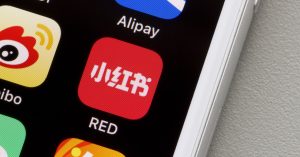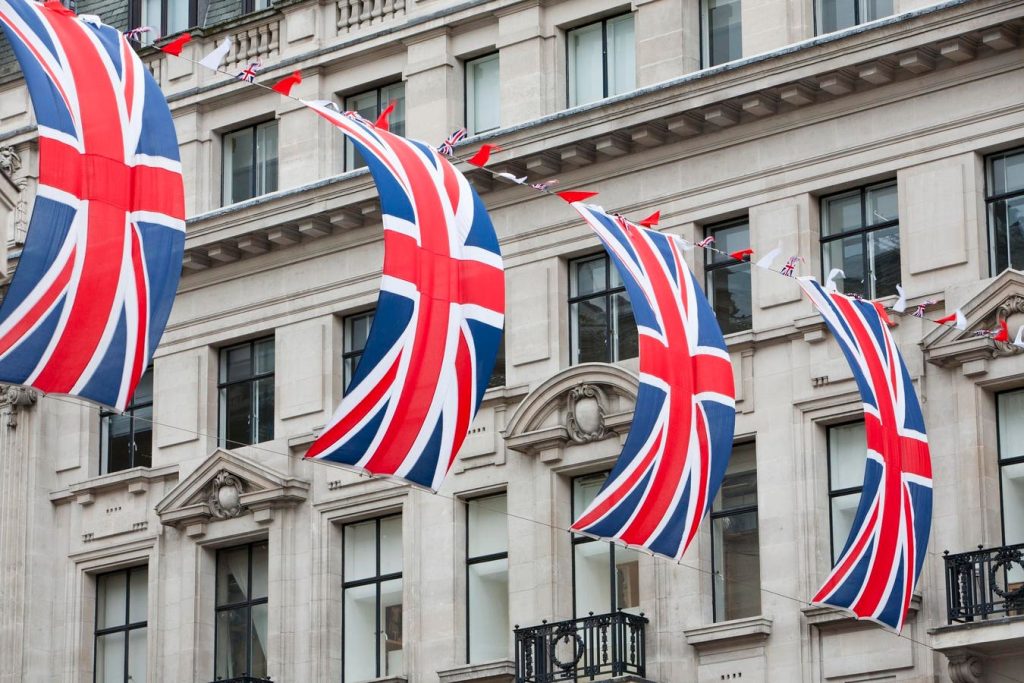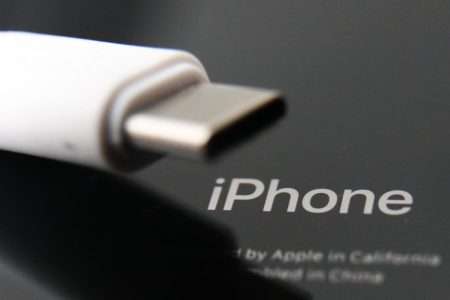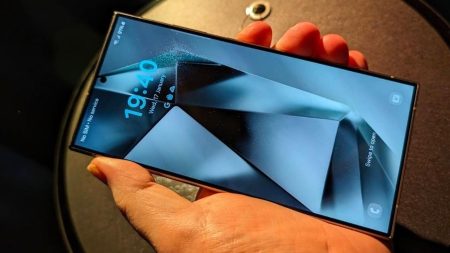Daniel Saunders is the CEO of L Marks. He is a technologist-turned-investor and an experienced advisor in applied innovation.
The recent coronation of King Charles III marks the dawn of a new era in the British Royal Family. An institution that has deftly balanced 1,000-year-old traditions with the expectations of 21st-century life.
Since meeting with Her Majesty Queen Elizabeth II in 2016, I have been fascinated by the parallels between the monarchy and business leaders who are struggling to stay relevant in a fast-changing world. As such, I’ve put together some key lessons the monarchy can teach business leaders about balancing old with new.
1. Be guided by a long-term vision.
A defining characteristic of Queen Elizabeth II was her unwavering sense of duty. Guided by her long-term vision to serve the people, she continued her public responsibilities well into her nineties. While this vision was constant throughout her life, the approaches used to achieve it changed over time. For example, the Queen agreed to comedic appearances with Paddington Bear to reach a new generation.
The same is true of King Charles, whose long-term vision has always been to protect the planet for future generations. This long-term goal had driven King Charles for decades, even before conservation and sustainability became mainstream. This goal shows foresight and looks beyond the political four-year cycle and even our own lifetimes.
Such lofty visions are the guiding light for any organization, helping to set the direction and course-correct when things get off track. Patagonia’s founder Yvon Chouinard makes decisions by thinking about how they will impact the company after his lifetime. And while the company mission statement took some years to arrive at, it will now be in place for the next 100 years.
A long-term vision should aim to achieve the biggest and most audacious plans and is not something that needs to be rehashed every time a new CEO joins the company. Otherwise, you flip-flop between different directions and strategies and get nowhere.
What should change over time is your approach to accomplishing long-term goals. Where leaders (or monarchs, for that matter) fall down is believing that what’s always worked will continue to work.
2. Maintain traditions alongside adapting to change.
Evidence of humans using traditions and symbolic behavior dates back as early as 500,000 years and is considered an instrumental social construct for gaining unity among large groups of people. So while you might view many royal traditions as pomp and ceremony, these rituals can rally whole nations to work together. While royal customs play an essential role in maintaining national cohesion, they must work alongside new ideas and approaches.
Traditions help to build a strong business culture too, but they must be adaptable or coexist alongside modernization. Lloyd’s of London, with whom L Marks created the Lloyd’s Lab in 2018, is a 335-year-old insurance marketplace that formed in a coffee shop on the Thames. Centuries-old traditions live on at its corporate headquarters, such as the liveried staff being called “waiters,” (paying homage to its coffee shop origins), tolling the Lutine Bell and writing in the “Loss Book” with a quill pen.
At the same time, Lloyd’s also continues to find and adopt the latest innovations, technologies and work practices. This includes delivering industry-leading initiatives such as the world’s first IVF insurance product and ways to supply Covid-19 vaccines to low-income countries.
Leaders should look to maintain company traditions that serve to build a shared sense of community among staff and customers, but also fully understand the origins of such traditions and disband any which are outdated.
3. Keep abreast of new technologies.
No matter your legacy, if you want to stay relevant, you need to keep up with technological innovations. I’m not suggesting that businesses should jump on every new trend “just because” but rather establish a systematic approach to reviewing recent advancements and evaluating their potential impact.
Despite the conservative image, Queen Elizabeth II was an early adopter of new technology and one of the first heads of state to send an email back in 1976. And despite being advised against it, she insisted that her coronation ceremony be televised, recognizing early on that technology could help her communicate with the public.
A great example of this in business is the 122-year-old BSI Group—the U.K.’s national body for technical standards. BSI aimed to take the lead in ensuring the safety of new AI products entering the market. Given this monumental task with the speed and breadth of AI technologies, BSI turned to a non-traditional accelerator process and partnered with Japanese AI testing and monitoring startup Citadel AI. This partnership, facilitated by L Marks, will aim to help BSI ensure the safe, ethical and responsible use of potentially high-risk AI technologies.
Given the pace of technological change, leaders need to conduct regular market analyses of emerging trends and technologies. Each new advancement could provide an opportunity to make efficiencies in how your business operates by providing a new disruptive way of competing in your market.
Conclusion
As King Charles III begins his reign, it will be interesting to see how the monarch continues to walk the tightrope of tradition and modernity—which age-old traditions will be maintained and what new reforms will be ushered in. Either way, the royal family can teach us great lessons in accepting change while maintaining traditions that support the cohesiveness of entire nations.
Business leaders at the helm of historical brands should consider how the royal family has used long-term visions to maintain a relentless sense of duty and purpose—the manifestation of which has been tailored to the changing times. And how new technologies can be balanced alongside ancient traditions. All of these lessons apply to businesses looking to maintain their heritage in today’s fast-paced world.
Forbes Technology Council is an invitation-only community for world-class CIOs, CTOs and technology executives. Do I qualify?
Read the full article here









